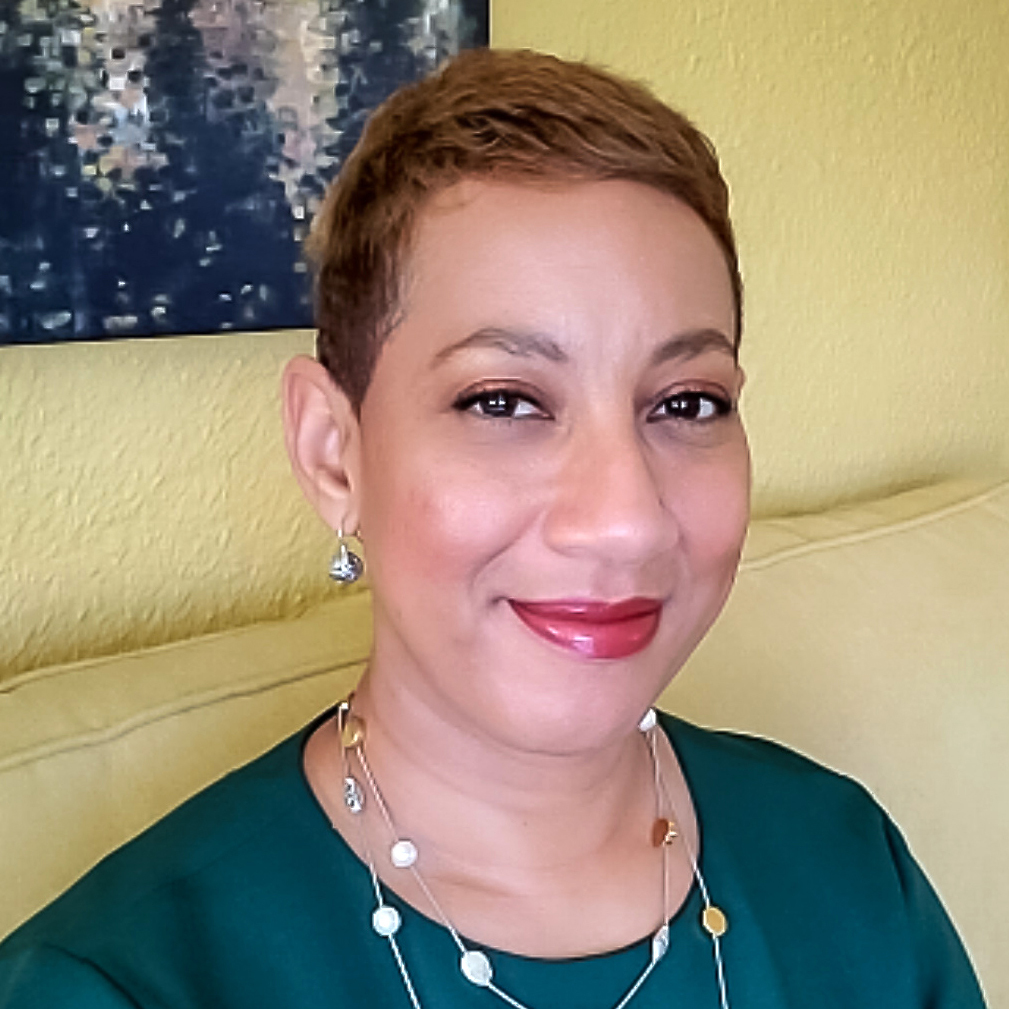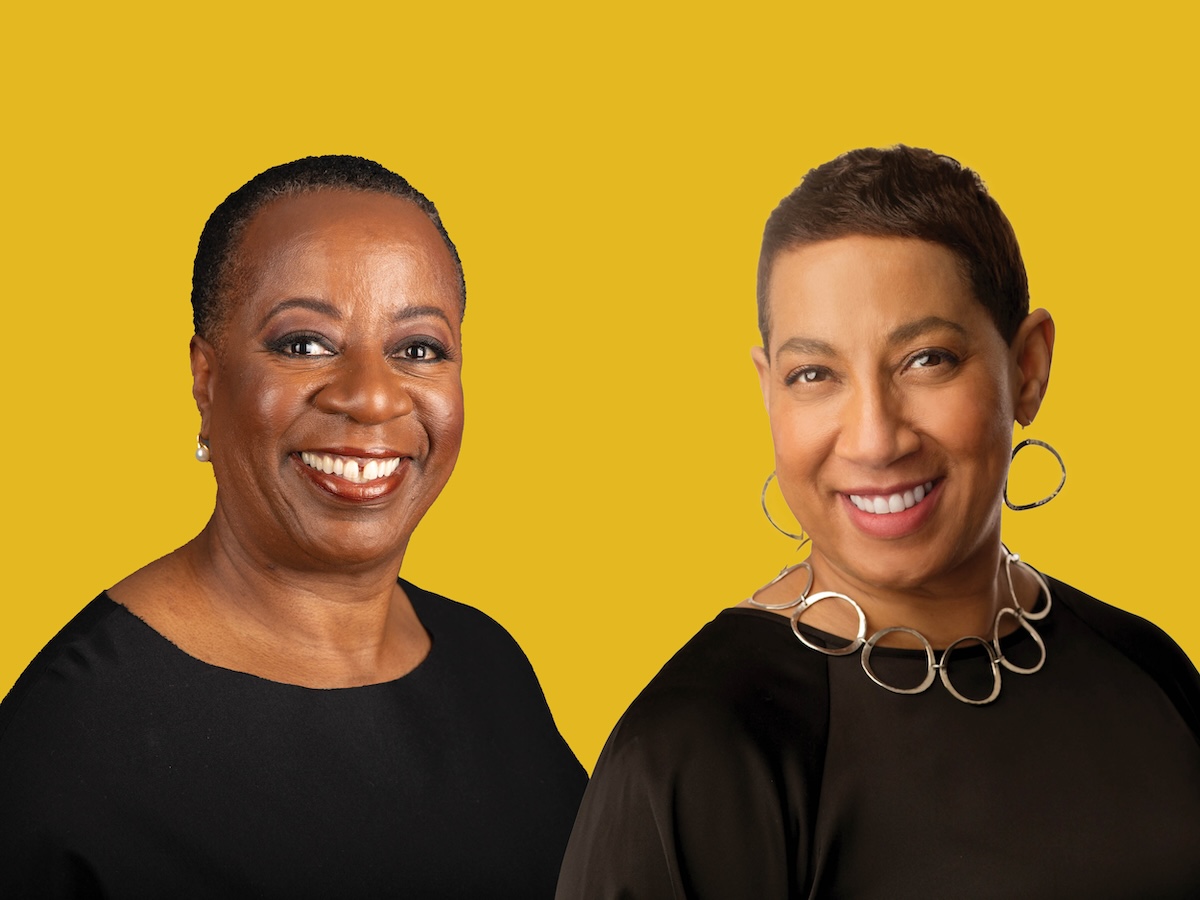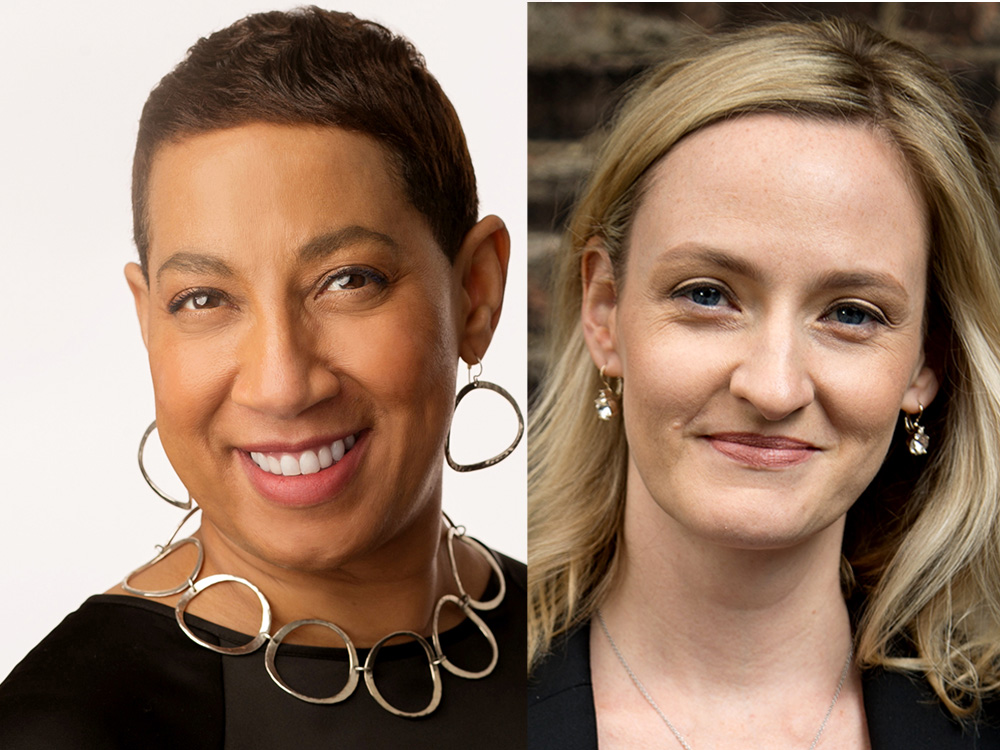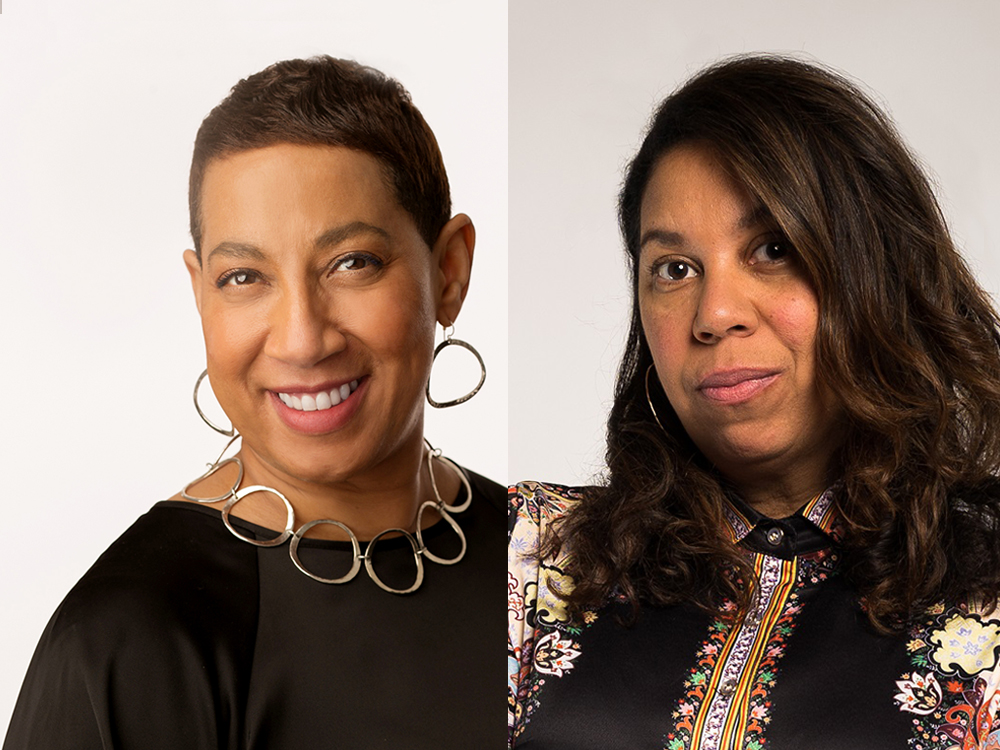How Bainum Family Foundation Is Working to Challenge Traditional Power Dynamics
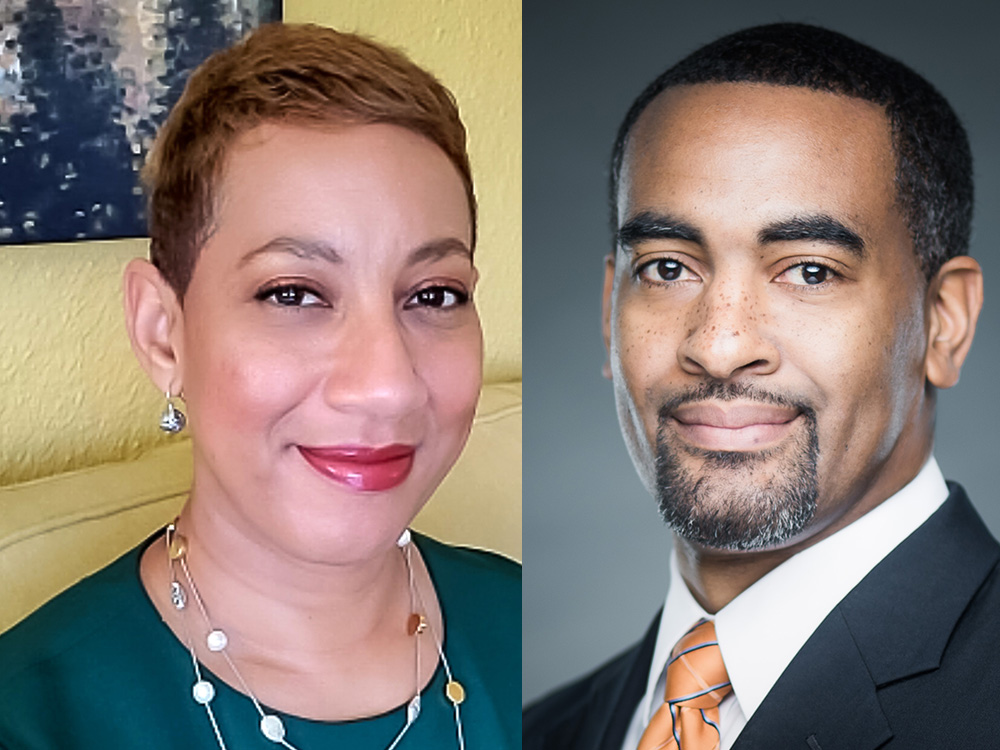
PEAK’s Narrow the Power Gap Principle calls grantmakers to adopt policies and practices that cede power to create more balanced relationships with nonprofit partners. On this front, Bainum Family Foundation President and CEO David Daniels has been leading the way since he took the reins of the organization in November 2019 following 50 years of executive leadership by Bainum family members. As a longtime leader within the organization himself, the occasion marked a major shift for the organization—but also a commitment to driving change. Having previously served as Bainum’s chief operating officer (COO), Daniels shepherded numerous organizational shifts and implemented equity-centered practices to best support the wellbeing of children in need.
As part of our ongoing CEO:CEO interview series, PEAK President and CEO Satonya Fair sat down with Daniels to discuss what it means—and looks like—to share power, how he embeds Bainum’s values through funding practices, and how these practice changes are working to build up communities.
Fair: You and I, like so many CEOs, are trying to figure out change. As a former COO, I think you understand that the foundation has to strive for operational excellence. You talk about this in your vision for the Bainum Family Foundation, and even in your annual report. Tell me about your journey from COO to CEO, and how that has informed your organizational leadership.
Daniels: The experience of moving from COO to CEO gave me a deep understanding of everything that was happening with the organization, the family’s desires for the organization, and the systems and processes that were getting in the way of the desired outcomes. I also learned that, when I was too focused on process, managing the different cultural dynamics, and trying to keep the trains running, my efforts were sometimes perceived as being dismissive of people. What I learned, and what has helped me to be a better CEO, is to make more intentional efforts to communicate why we are putting things in place and the time that is needed to implement change.
Fair: How do you work with board leadership and the Bainum family, especially as the foundation has navigated large strategic shifts over the last few years?
Daniels: Bainum has a members committee made up of five family members who choose the board members, mission, and vision. The members committee is the body that makes larger decisions. The board helps to manage the day-to-day operations and provides fiduciary oversight. Then you have staff. And we’re still working through the process of how to best manage those stakeholder groups. We’re putting some policies and procedures in place that delineate the role of the members committee and how they go about fulfilling it. In that context, I spend a significant amount of time working with the family to develop policies and procedures that allow staff the freedom they need to execute the work.
The new approach we’re taking may have the same desired outcomes, but the way we achieve those outcomes will be different. In the past, for example, we often showed up with a hypothesis and wanted our partners to align with it. Now, we are working to cocreate—to establish the hypothesis and identify solutions together. And we are employing an emergent strategy, which calls for us to be flexible and responsive to partner and community needs. This is all part of shifting traditional power dynamics in philanthropy.
As it pertains to family members and board leadership, we are creating the time and space to help them to understand and embrace this shift of mindset and approach. We don’t want to rush the process. They are not in the work day-to-day like our staff members are, and it is important to make sure we are all aligned.
We’ve always tried to be focused on relationships, especially now that we’re restructuring the way we fund and plan the strategic work. That takes a lot of time and tending. For me, and specifically because of the 18 years of relationships that I have, it’s required me to have some very tough and vulnerable conversations about my personal experience—not just as a non-family member CEO, but also as a Black man in this space with internal and external challenges that I face as I try to execute this role.
Fair: Let’s talk more about moving toward a strategic vision focused on greater cocreation. For you, what does it look like to cede power?
Daniels: Let’s just call it for what it is: It’s an ego check. It’s recognizing that we have convinced ourselves that power is only synonymous with money. But communities have so much power by way of their experience and influence.
For example, we were made aware of a grassroots effort to develop a community development plan that had been going on for some time, but hadn’t received philanthropic funding of any sizable amount. They needed the money and the space to plan, so that’s what we did. Now, their plan is set to launch sometime in the next couple of months. We just decided to step back, and they did all of this.
A month later, the leader of the group called us to let us know he needed us again. I showed up with my same hypothesis, “I’ll give you the money, you do the plan.” He said, “You don’t understand. We want you.”
Nobody wants charity—they want true cocreated partnership. When you’re invited in, you better show up. I have to be humble enough to say, “Yeah, I’ll roll up my sleeves. I’ll be at that meeting in the community.”
Fair: It’s the invitation for your organization to go beyond the check. I love that you all are helping the community partners really elevate what their needs are and being open to support organizational capacity. As your relationships in the community have changed, what conversations are opening up?
Daniels: I’m hearing from nonprofit leaders who are approaching retirement age without a succession plan because that planning hasn’t been funded—some have been serving in one role but doing three jobs. So that’s something that we’re hearing consistently: “How can you help us build our infrastructure so that our CEO isn’t having to do it all?”
A couple of our partners have elevated the idea that funding nonprofits more equitably could relieve some of the competition among different organizations doing great work in the same area. It could allow for these nonprofits to come together in true collaboration to advance the work. I don’t believe in that old saying, “A high tide raises all ships.”
If your ship had a hole in it at low tide, high tide is just going to make the water come in faster.
Fair: I appreciate that. The reality is that the majority of even their largest endowments is restricted for purpose. Sometimes, a funder needs to give an organization capacity building support. That could be succession planning, technology, communications, great flyers in the neighborhood. Who knows what it is? They know what they need.
Daniels: I love it, Satonya. I would add to that the importance of supporting strategic communications.
Fair: As you implemented new practices, what apprehension has your team had? What have you had to navigate as a leader, to make sure your team was ready for these shifts?
Daniels: When you’re doing work that supports outcomes in the community, you do it with a piece of you in it. We’re currently talking about how we approach our work with an antiracist lens. There’s a new language that we’re learning and adopting as a foundation, and there’s a new voice that has to come with that.
We want to release our staff from any apprehension about speaking on behalf of the foundation, balanced against what they might say personally—especially for our staff of color who are working on the front lines every day. We don’t get to turn off being Black. And with all that’s happening in the country, you have to ask if your organization is comfortable with you having your full voice in public.
Another barrier is trying to shift from a compliance mindset to an outcomes mindset. Not that the compliance mindset isn’t intended to serve outcomes, but there’s a different approach that you take in thinking about risk, the way that you fund, and who you fund. It’s about making sure that the barriers that we have put in the past around due diligence are removed in a way that allows our team to be creative, innovative, and supportive.
Fair: I think you’ve raised up a theme almost perfect for this article: Are we ready? Is the board ready? Is your staff ready? Is the community ready? We all have to be ready, to both advance equity, and just to do things smarter, better, right now. On that note, what would be your call to action for other CEOs leading foundations in this space?
Daniels: We must always remember to be proximate both physically and practically. In order to most effectively drive those dollars, and all the other resources foundations have, we must work alongside the power that already exists in the community. By listening with real intent, we can reach the outcomes that we have been slowly moving toward.
Also, we who sit in these CEO positions must not ignore the opportunities to help our boards and other governance structures understand the real challenges that we face and that the community faces. The time that I spend with the family and the board has had an exponential impact on my ability to empower staff.
